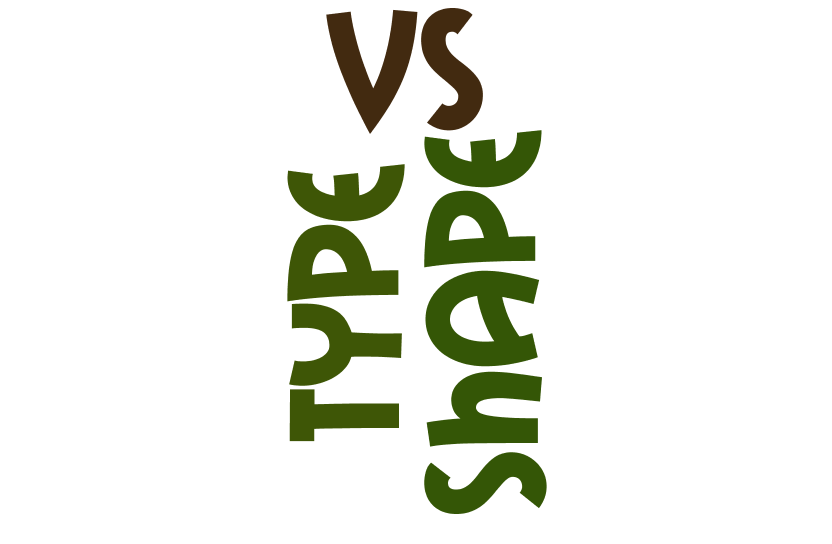 In a previous article we talked at length about how you can create a better type-based logo and gave you some of our select tips to help you along the way. However, we just don’t feel like we’ve covered everything so now offer a second installment of design tips. So join us as we take a second dive into the realm of logo design with a quick tutorial on recognizing when to use a shape-based logo or a text-based one.
In a previous article we talked at length about how you can create a better type-based logo and gave you some of our select tips to help you along the way. However, we just don’t feel like we’ve covered everything so now offer a second installment of design tips. So join us as we take a second dive into the realm of logo design with a quick tutorial on recognizing when to use a shape-based logo or a text-based one.
- It’s a Trap!: We’ve tricked you slightly, as this article isn’t so much about choosing between shape or text, but rather finding the unique blend of both. Why have we tricked you? Because it’s important to understand that both text and shapes are different areas of design, but must come together flawlessly in a logo.
- Flexibility is King: Above all else, you’re going to want your logo to be flexible. Why? Because the logo may end up on the side of a billboard, on a moving van, on a letterhead, or just about anything else that you can think of that a manufacturer will sell. This means the logo will need to be versatile, as well as understandable even at a distance. To achieve this, you can commonly use a shape, as type is hard to read at a distance. However, if you treat type as a shape, you can use the natural textures, colors, and layout of a font to create an image that people always recognize. Think about the red letters of the Levis brand, for instance. It’s entirely type, but it’s also shapes in motion.
- Design is Art: The last point to keep in mind is that design is art, even in our commercial, sales-driven world. You’re creating works of art for your clients that will communicate something to the viewer. As such, you’re naturally going to want to find the perfect blend between shape, color, and type to create a logo that would look equally as well on a coke can as it would in a museum. Think about the Campbell’s soup can, for instance. It’s one of the most iconic logos ever, but it’s also been used in modern pop art. That’s the kind of synergy you should aspire to achieve.



